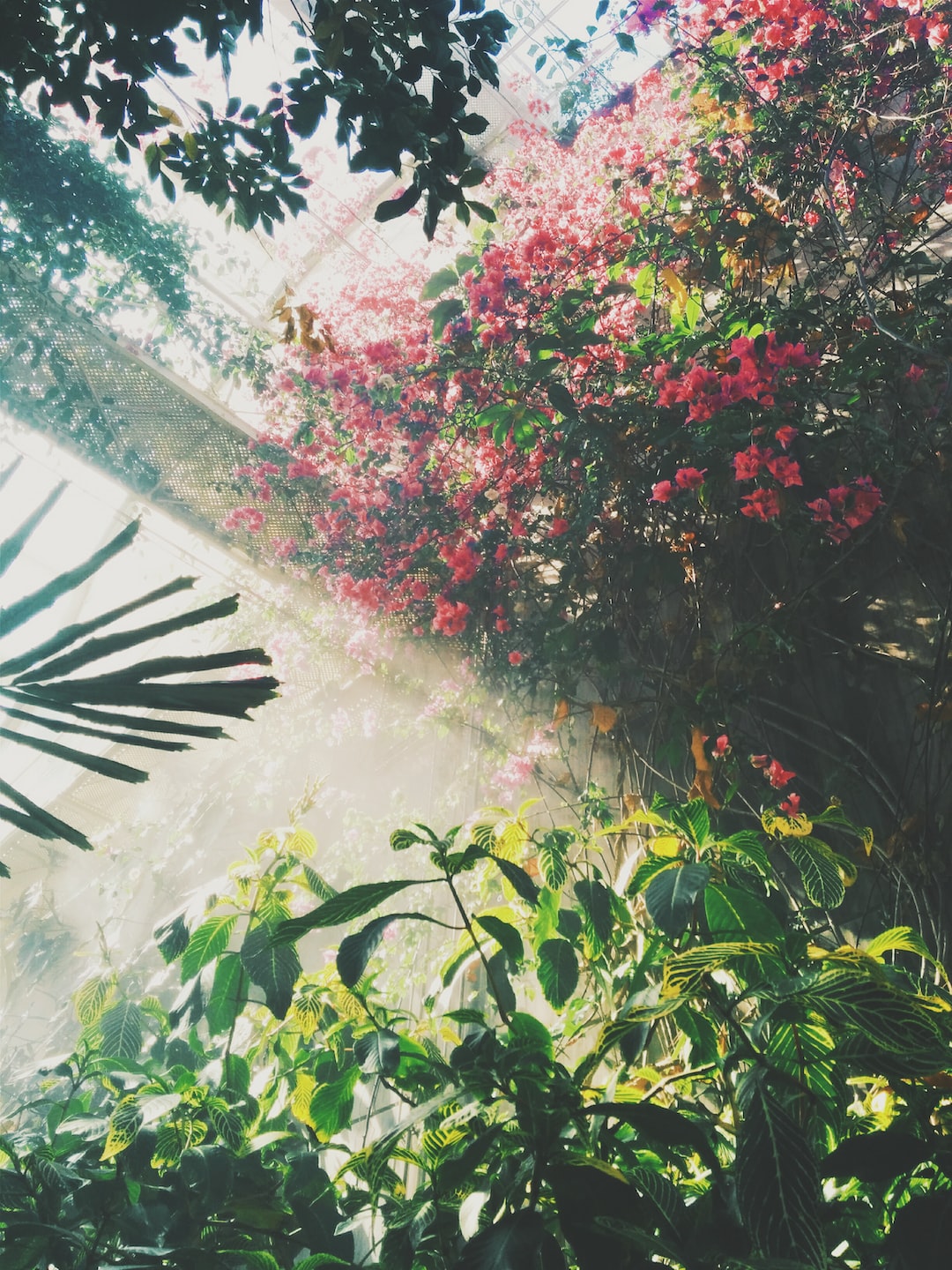Choosing the Right Soil for Different Types of Plants
When it comes to gardening, one of the most important factors for the success of your plants is the type of soil you use. Different plants have different soil requirements, and selecting the right soil can mean the difference between lush, thriving plants, and disappointing results. In this blog post, we will explore the various soil types and their suitability for different types of plants.
1. Sandy Soil:
Sandy soil is characterized by its large particles and excellent drainage. It warms up quickly in the spring and is best suited for drought-tolerant plants. This type of soil doesn’t retain moisture or nutrients well, so it is vital to choose plants that can handle sandy soil conditions. Some examples of plants that thrive in sandy soil include cacti, succulents, and herbs like rosemary and lavender.
2. Clay Soil:
Clay soil is known for its fine particles and ability to retain moisture. Although it can be challenging to work with due to its heavy and compact nature, clay soil is rich in nutrients. However, it can become waterlogged, leading to poor root growth for certain plants. Opt for plants that can tolerate compacted soil, such as asters, daylilies, and hostas. Adding organic matter like compost or well-rotted manure can improve the structure and fertility of clay soil.
3. Loam Soil:
Considered the ideal soil type for most plants, loam soil is a balanced combination of sand, silt, and clay particles. It drains well while retaining enough moisture and nutrients for healthy plant growth. Most vegetables and ornamental plants thrive in loam soil. Roses, tomatoes, beans, and sunflowers are just a few examples of plants that do exceptionally well in loamy soil. Amend loam soil with organic matter to enhance fertility and improve moisture-holding capacity.
4. Peat soil:
Peat soil is acidic and rich in organic matter, making it ideal for acid-loving plants such as azaleas, camellias, and blueberries. Peat soil has excellent water retention capabilities, but it tends to compact easily and can be difficult to rehydrate once dried out. Mix peat soil with other types of soil to improve structure and prevent compaction, and be mindful of drainage as excessive water can lead to root rot.
5. Chalky Soil:
Chalky soil consists of fine, white particles and is typically alkaline in nature. It tends to be shallow and free-draining, making it unable to retain moisture or nutrients adequately. However, chalky soil is well-suited for plants that thrive in alkaline conditions, such as lavender, sage, and rock roses. If you have chalky soil, consider adding organic matter or compost to improve its fertility and ability to retain water.
In conclusion, choosing the right soil for different types of plants is crucial for their overall health and productivity. Understanding the characteristics of each soil type and matching it with plants’ requirements is the key to successful gardening. Consider factors like drainage, nutrient content, and pH levels when selecting soil for your garden. Additionally, regularly adding organic matter to the soil can help improve its structure, nutrient-holding capacity, and overall fertility. With proper soil selection and preparation, you can create an ideal environment for your plants, ensuring a thriving and breathtakingly beautiful garden.

